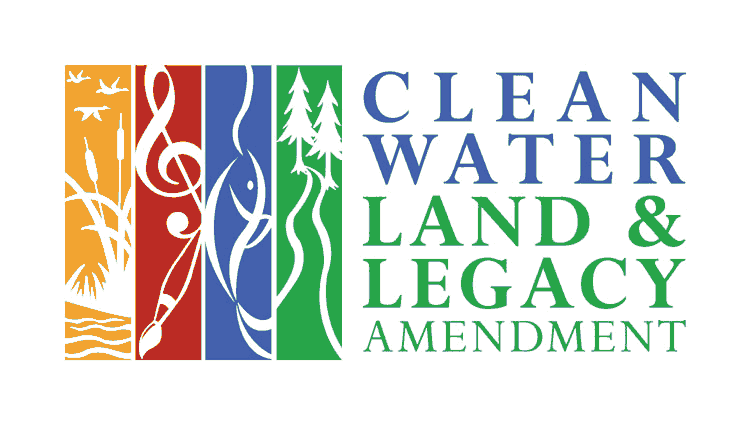Inequality even in death: Mankato project finds racial covenants in a cemetery and beyond

Michael Stalberger, Blue Earth County Director of Property and Environmental Resources finds in records a property deed flagged for a restrictive covenant in a Torrens book on May 11.
Hannah Yang | MPR News
Go Deeper.
Create an account or log in to save stories.
Like this?
Thanks for liking this story! We have added it to a list of your favorite stories.



